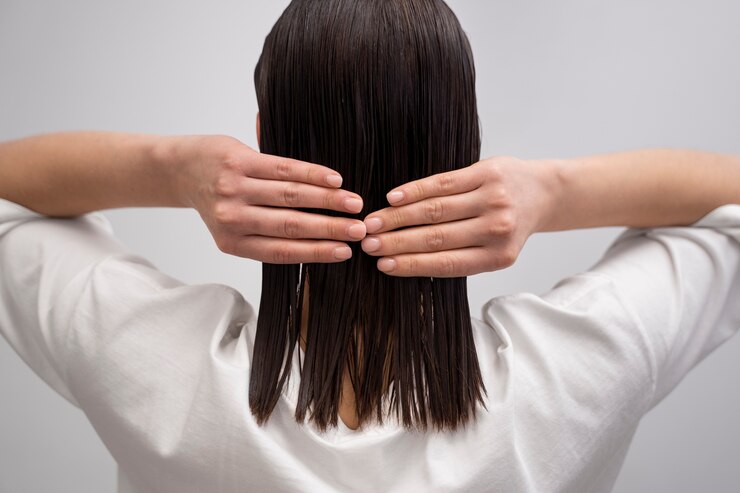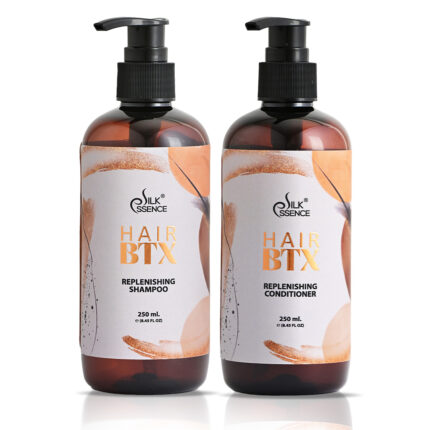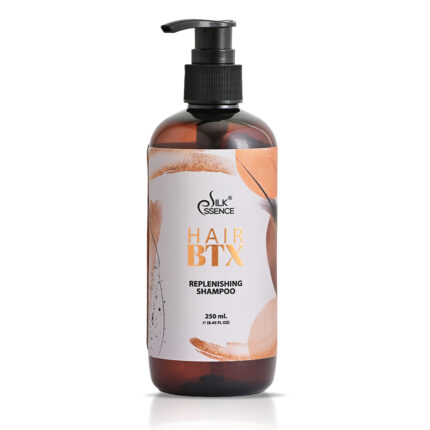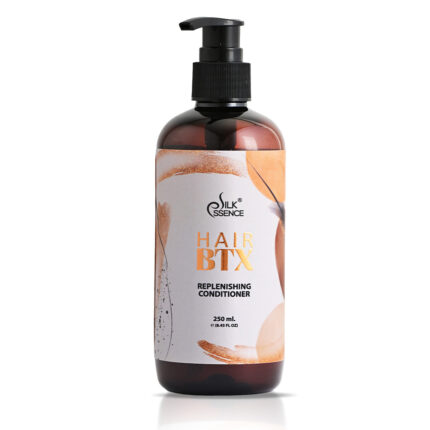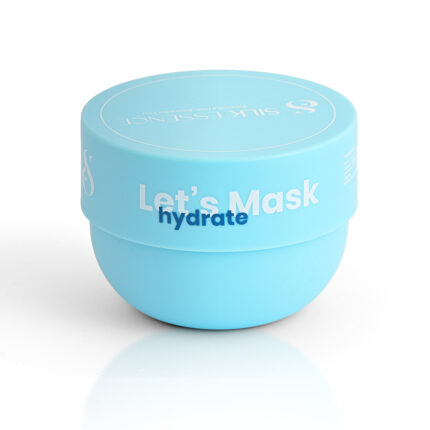Keratin treatments have become one of the most popular solutions for achieving smooth, shiny, and frizz-free hair. Yet, despite its widespread popularity, there are many myths and misconceptions surrounding keratin treatments that leave people confused about their safety, effectiveness, and long-term impact on hair health.
In this blog, we’ll debunk some of the most common keratin treatment myths to give you a clearer understanding of what this treatment can (and can’t) do for your hair.
Myth 1: Keratin Treatments Are the Same as Chemical Relaxers
One of the most persistent myths is that keratin treatments are just another form of chemical relaxing. This is not true. Unlike chemical relaxers that permanently break down the structure of the hair to achieve straightness, keratin treatments work by coating the hair with a protein layer. This protein-rich formula fills in gaps in the hair cuticle, making hair smoother, softer, and more manageable.
A keratin treatment won’t alter your hair’s natural texture. Instead, it reduces frizz and makes your hair easier to style. You can still maintain your curls or waves, but they’ll be smoother and shinier.
Fact: Keratin treatments are semi-permanent and wash out over time, typically lasting 3 to 6 months with the right care.
Myth 2: Keratin Treatments Damage Your Hair
Another common misconception is that keratin treatments cause long-term damage to your hair. While it’s true that poorly applied treatments or the use of low-quality products can have negative effects, high-quality keratin treatments do not damage your hair when applied correctly. In fact, the keratin used in these treatments is a protein that naturally exists in your hair, which helps to strengthen and protect it.
Damage often occurs when too much heat is applied during the sealing process. However, in a professional setting, stylists know how to balance heat and product application to avoid damage. Always ensure your treatment is done by a trained professional and follow aftercare instructions to maintain hair health.
Fact: High-quality keratin treatments help repair damaged hair by reinforcing the hair cuticle with protective proteins.
Myth 3: Keratin Treatments Will Make Your Hair Flat and Lifeless
Some people believe that keratin treatments leave the hair looking flat and limp. However, this is a myth! The goal of a keratin treatment is to eliminate frizz and make your hair more manageable while still retaining its natural body and volume. The misconception likely comes from those with very fine hair, who might experience some reduction in volume due to the smoothing effect of the treatment.
If you’re concerned about losing volume, communicate your preferences with your stylist. They can customize the treatment to maintain more body while still delivering the benefits of keratin.
Fact: Keratin treatments smooth frizz and enhance shine without stripping the hair of its natural body and volume.
Myth 4: Keratin Treatments Are Only for Straight Hair
It’s often assumed that keratin treatments are only suitable for people with straight hair who want to enhance their sleek look. The truth is, keratin treatments can benefit all hair types—from curly to wavy and even coily hair.
For those with curls or waves, keratin can make your hair more manageable by reducing frizz and making it easier to style. It won’t straighten your curls unless you choose to blow dry or flat iron after the treatment. Instead, it gives you smoother, shinier curls with less maintenance required.
Fact: Keratin treatments work well on all hair types, enhancing manageability and shine for straight, wavy, or curly hair.
Myth 5: You Can’t Color Your Hair After a Keratin Treatment
Many people believe that once you’ve had a keratin treatment, you can no longer color your hair. This myth likely stems from the belief that the protein coating on the hair prevents color from penetrating the strands. In reality, you can color your hair after a keratin treatment, though timing is key.
It’s recommended to color your hair either before or two weeks after your keratin treatment. Coloring before the treatment ensures that the keratin locks in the color, extending its longevity and vibrancy. If you prefer to color afterward, just ensure you wait the suggested period so that the keratin doesn’t interfere with the dye’s ability to properly absorb.
Fact: You can color your hair after a keratin treatment—just be sure to time it correctly for the best results.
Conclusion
Keratin treatments are a fantastic option for anyone looking to achieve smoother, shinier, and more manageable hair. However, myths and misconceptions can sometimes prevent people from trying them. By debunking these common myths, we hope to give you a clearer understanding of how keratin treatments actually work.
Whether you have straight, curly, or wavy hair, a keratin treatment can provide the boost of shine and frizz control you’re looking for—without damaging your hair. Always consult with a professional stylist to ensure the best results, and remember to follow proper aftercare routines to prolong the benefits of your treatment.
